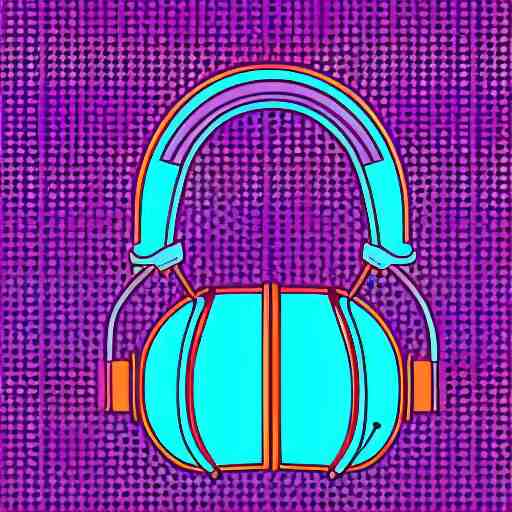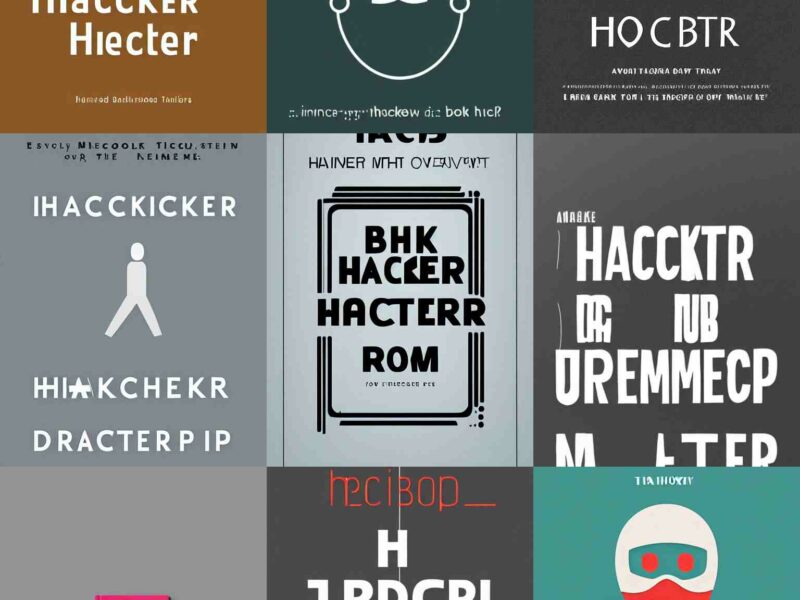The Captcha is a test that the user must solve before being allowed to enter content or areas on a website. It can be visual, auditory, or textual. The purpose of this mechanism is to provide assurance that the person who requests access to certain information or services is a human being and not a malicious software program. The most frequently used Captcha is the ‘test’ in which users must decode a set of distorted characters and numbers in order to confirm that they are not automated. A captcha generator is an application that produces Captchas. With the development of AI and machine learning technology, new designs, such as those including audio challenges or image-based questions, have been introduced. This blog post will cover everything you need to know about the new audio captchas and how to solve them. We will also introduce you to the best captchas API that can help you streamline your work. Let’s keep reading!
What is an audio captcha? An audio captcha is a type of captcha that asks users for some form of audible input. The most typical implementation is to have users record their vocal response using a microphone, but other audio-based input could also be used. The user recording is then analyzed by an automatic voice recognition system to determine whether it was produced by a human or a computer. The idea behind using audio Captchas is that automated systems are usually unable to detect and process images or visual data, so human visual perception can help in keeping the system safe from automatic attacks. This method requires people to provide unique biometric identification while also combating attempts by bots. For more information, check this article: What are Audio Captchas? How Do They Work?
This API will retrieve the data from an audio captcha and retrieve it as text.
To make use of it, you must first:
1- Go to Audio Captcha Solver API and simply click on the button “Subscribe for free” to start using the API.
2- After signing up in Zyla API Hub, you’ll be given your personal API key. Using this one-of-a-kind combination of numbers and letters, you’ll be able to use, connect, and manage APIs!
3- Employ the different API endpoints depending on what you are looking for.
4- Once you meet your needed endpoint, make the API call by pressing the button “run” and see the results on your screen.



